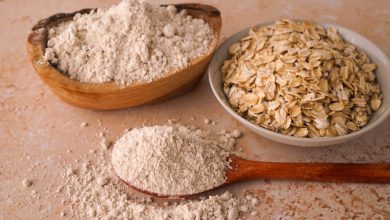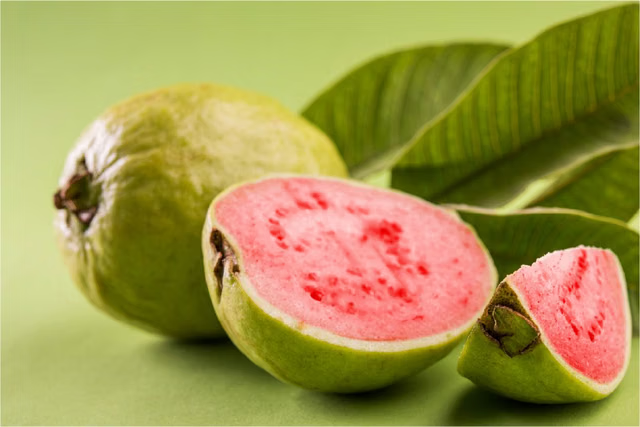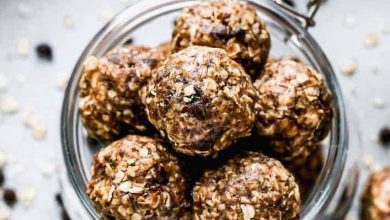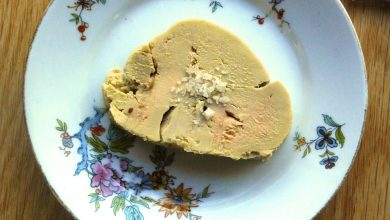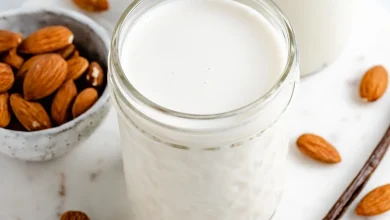Pokeberry Shoots (Pokeweed) – Cooked, Blanched, Drained, with Salt
Pokeberry shoots, also known as pokeweed, are young tender greens harvested in early spring. Though they must be carefully prepared due to the presence of toxins in the mature plant, when cooked and properly handled, they provide a nutritious and unique addition to the diet. These greens are particularly popular in certain regions, often cooked with salt to enhance their flavor. Below, we present a detailed nutritional breakdown of pokeberry shoots, highlighting their potential health benefits and the vital nutrients they contribute when consumed as part of a balanced diet.
Nutritional Information (per 100g serving)
| Nutrient | Amount |
|---|---|
| Energy | 20.0 kcal |
| Protein | 2.3 g |
| Fat | 0.4 g |
| Saturated Fats | 0.092 g |
| Carbohydrates | 3.1 g |
| Fiber | 1.5 g |
| Sugar | 1.6 g |
| Calcium | 53.0 mg |
| Iron | 1.2 mg |
| Magnesium | 14.0 mg |
| Phosphorus | 33.0 mg |
| Potassium | 184.0 mg |
| Sodium | 18.0 mg |
| Zinc | 0.19 mg |
| Copper | 0.126 mcg |
| Manganese | 0.336 mg |
| Selenium | 0.9 mcg |
| Vitamin C | 82.0 mg |
| Thiamin (Vitamin B1) | 0.07 mg |
| Riboflavin (Vitamin B2) | 0.25 mg |
| Niacin (Vitamin B3) | 1.1 mg |
| Vitamin B6 | 0.111 mg |
| Folate | 9.0 mcg |
| Vitamin B12 | 0.0 mcg |
| Vitamin A | 435.0 mcg |
| Vitamin E | 0.85 mg |
| Vitamin D2 | 0.0 mcg |
Key Nutritional Highlights
- Low in Calories: With only 20 kcal per 100g serving, pokeberry shoots are an excellent choice for those looking to manage their calorie intake while still getting a nutritious boost.
- Protein-Packed: A good source of plant-based protein, providing 2.3 grams per 100g serving, making them a valuable addition to vegetarian and vegan diets.
- Rich in Vitamin C: Pokeberry shoots are notably high in vitamin C (82 mg), which supports immune function and helps with the absorption of iron.
- Vitamin A: These greens offer a significant amount of vitamin A (435 mcg), which is essential for vision, immune health, and skin integrity.
- Mineral-Rich: With 53 mg of calcium, 14 mg of magnesium, and 184 mg of potassium, pokeberry shoots contribute to bone health, muscle function, and fluid balance.
- Fiber Source: Containing 1.5 grams of dietary fiber, they help support digestive health and contribute to feelings of fullness.
Allergen Information
Pokeberry shoots are not commonly associated with allergens; however, individuals with known sensitivities to related plant species (such as those in the Phytolaccaceae family) should exercise caution. Always ensure pokeberry shoots are properly cooked and prepared to avoid any toxic reactions. They should never be eaten raw due to the potential toxicity of the mature plant.
Dietary Preferences
- Vegan: Pokeberry shoots are plant-based, making them suitable for vegans and vegetarians.
- Gluten-Free: These greens are naturally gluten-free, making them a safe choice for individuals with celiac disease or gluten intolerance.
- Low-Calorie: With just 20 kcal per serving, pokeberry shoots are an excellent option for those following a low-calorie or weight-loss diet.
- Low in Saturated Fat: They contain minimal saturated fat, supporting heart health and weight management.
Preparation Tips
Pokeberry shoots must be cooked properly to neutralize toxins found in the raw plant. Here’s how to safely prepare them:
- Harvest Young Shoots: Ensure you’re using young, tender shoots from a mature pokeweed plant, as older plants contain higher levels of toxins.
- Blanching: Blanch the shoots in boiling water for about 10 minutes, then discard the water. This process helps eliminate harmful substances.
- Cook with Salt: After blanching, the shoots can be sautéed or seasoned with salt to enhance their flavor.
- Do Not Eat Raw: Never consume pokeberry shoots raw, as they contain potentially harmful toxins that must be neutralized through cooking.
Conclusion
Pokeberry shoots are a unique and nutritious green vegetable, offering a variety of vitamins, minerals, and antioxidants. When prepared properly, they can be a flavorful and healthy addition to your meals. Their low-calorie count, high vitamin A and C content, and good balance of protein and minerals make them a valuable option for anyone looking to expand their vegetable intake, especially in the spring months when they are in season. Just be sure to follow proper cooking methods to ensure safety and enjoy their benefits!



